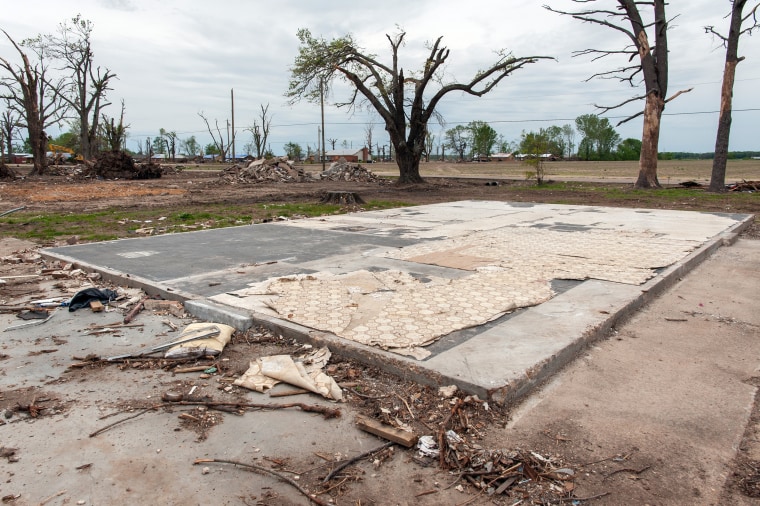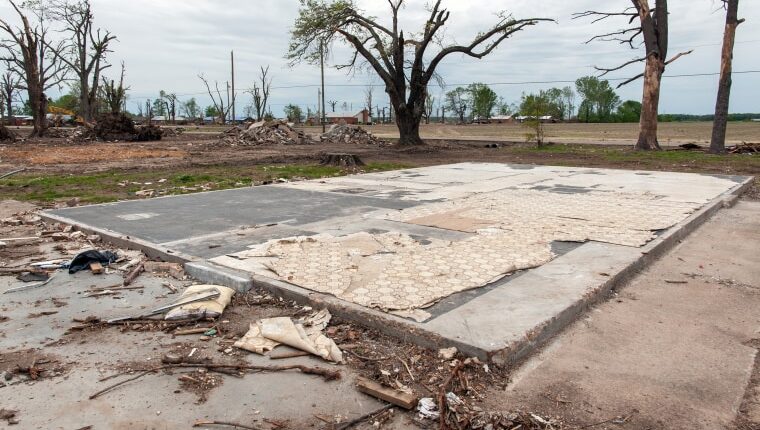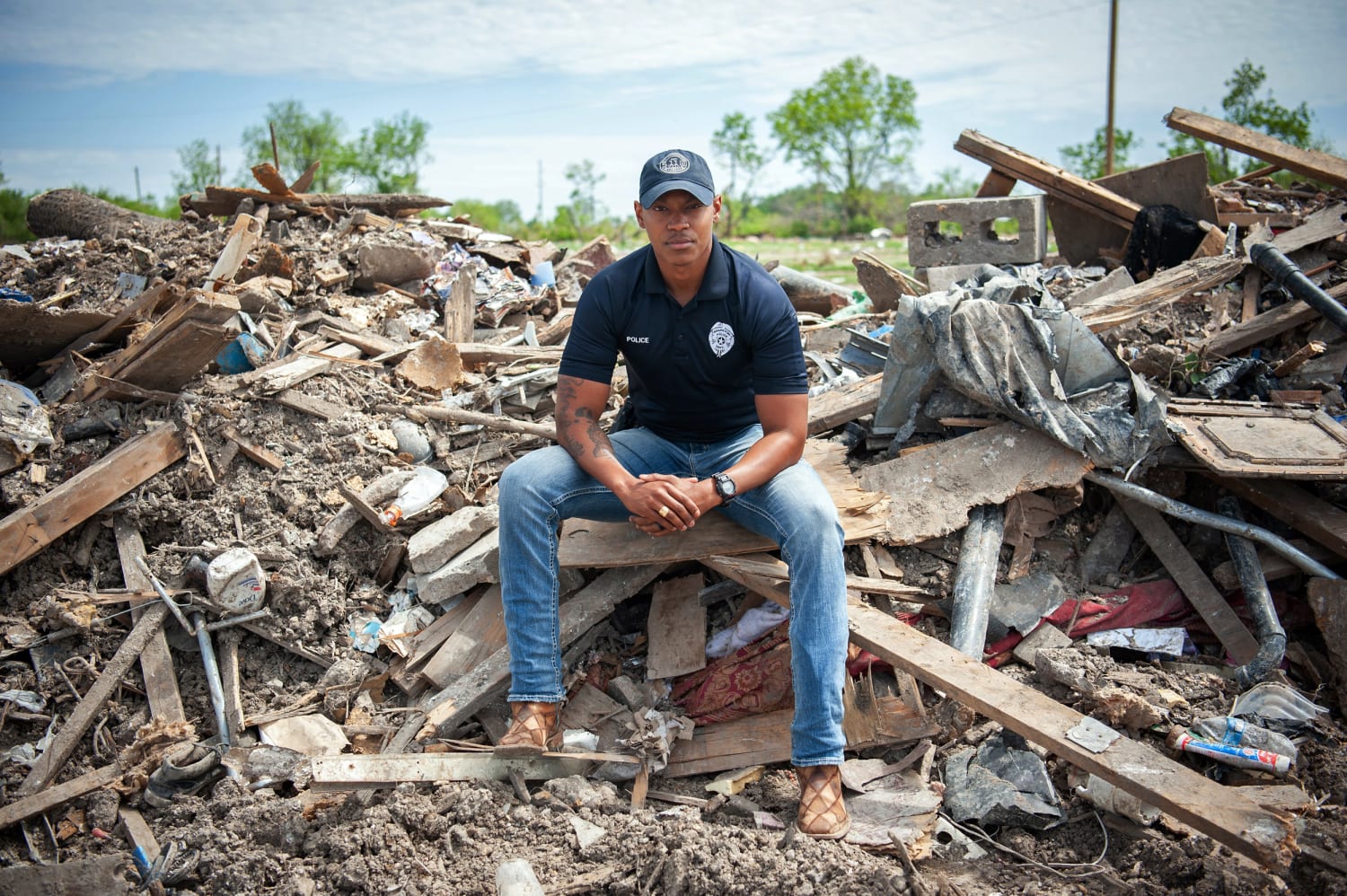ROLLING FORK, Miss. — The tornado that plowed through Rolling Fork on March 24 was a monster that families living in mobile homes on the plains of the Mississippi Delta needed to flee. At its widest, the dangerous twister careening through one of the nation’s poorest communities stretched three-quarters of a mile. At its strongest, its winds were powerful enough to flip mobile homes, hurl two-by-fours like javelins and collapse brick walls.
The safest place aboveground to ride out a storm that destructive is a tornado safe room, a wind-resistant structure made of reinforced concrete. But there is no public tornado shelter in Rolling Fork — or in all of Sharkey County, where about a quarter of residences are mobile homes.
That left many people in this county, which is 71% Black, without protection as the storm bore down. While some hid where they could — in private storm cellars, in the closets and bathrooms of brick homes, in the walk-in refrigerator at Chuck’s Dairy Bar — others had no safe option. Fourteen people died.
“I do believe a lot of those people would have been alive if they would have had somewhere to go,” said Carrie Linda Mathews, who lives 8 miles south of Rolling Fork.
Her husband’s church lost a 56-year-old parishioner who was found dead in her mobile home, which had flipped upside down. “That’s the worst place you could be,” she said of mobile homes during a storm.
Mississippi doesn’t comprehensively track tornado shelters that are open to the public, and its list of the largest safe rooms isn’t available online. NBC News called emergency management directors and local officials in the 15 counties surrounding Sharkey County. According to those interviews, only six counties had at least one shelter that officials said was built to the Federal Emergency Management Agency’s guidelines.
Based on the survey, the closest public tornado shelter to Rolling Fork is in Morgan City, 53 miles away, where concrete vaults next to the small town’s fire station can hold an estimated 20 people. Families in Rolling Fork would have to drive about 71 miles to the town of Merigold to reach the nearest safe room with a capacity of more than 100 people.
This list is not definitive. Some counties also have shelters that are primarily used for first responders but may sometimes be open to the public. Some of the shelters NBC News found are more than a decade old and may require repairs.
In Sharkey County, residents are mourning the storm’s victims and wondering whether a shelter could have saved lives that night. At least eight people who were killed in the tornado outbreak lived in mobile homes.
“The things I saw in this storm,” said Bill Newsom, the president of the county’s Board of Supervisors. “The mobile homes just didn’t have a chance. They were just wiped away.”

Tornado shelters can cost millions of dollars to build, which puts them out of reach of the Mississippi Delta’s poorest communities. A local emergency manager in another county said that even with a FEMA grant program covering 75% of the cost, county officials had opted not to apply, because they didn’t have the budget.
A FEMA spokesperson said the agency has made significant investments in tornado shelters, having spent more than $158.5 million on 98 community safe rooms in 44 of Mississippi’s 82 counties since 2008. The Biden administration also invested more than $2 billion in a FEMA program to help communities better prepare for disasters and climate change, covering 90% of costs in rural areas considered economically disadvantaged.
But Malary White, a spokesperson for the Mississippi Emergency Management Agency, said there are communities in the state that would struggle to contribute 10% matches for safe rooms.
“This is a conversation we’ve had with FEMA,” she said. “Our counties have said they simply cannot afford it.”
White added that the agency used to share an online map of safe room locations but took the guide down after it heard that sites weren’t always open. Now, addresses are posted online when counties report the rooms are open for severe weather.
Source: | This article originally belongs to Nbcnews.com









